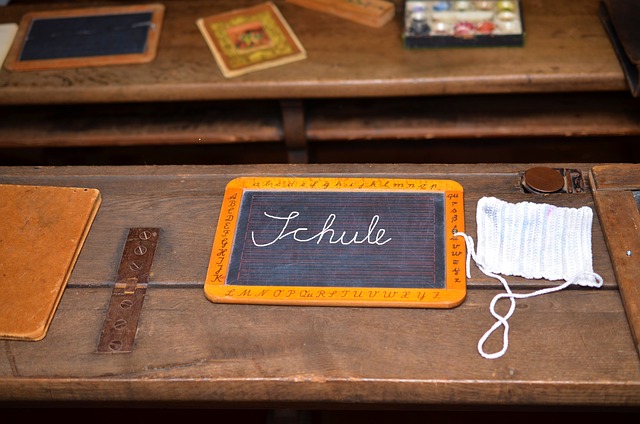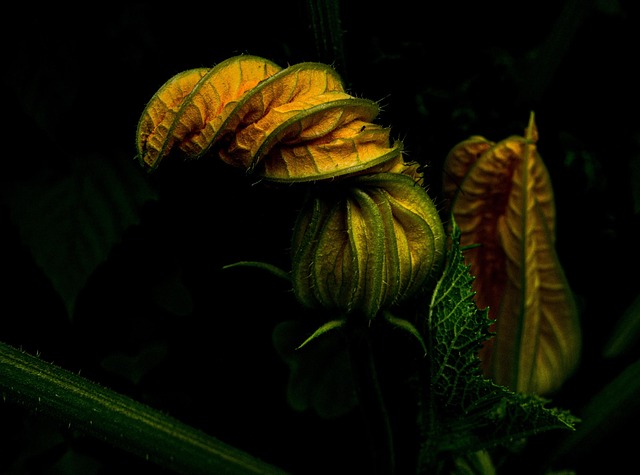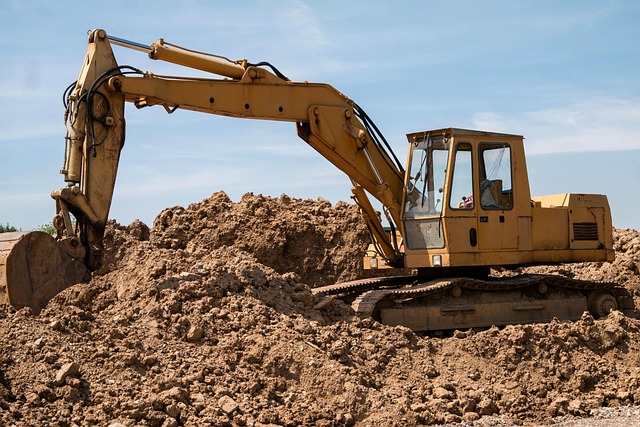The Eco-Friendly Guide to Gardening with Local Fibers: Harnessing the Power of Nature
Gardening is not just a pastime; it’s an essential practice that connects us to the earth. In today’s world, where environmental concerns dominate conversations, it’s vital to implement eco-friendly methods in our gardening routines. One of the most effective and sustainable approaches to gardening is utilizing local fibers. By incorporating these natural materials into your gardening practices, you can enhance your plants’ growth while promoting a greener environment.
Understanding Local Fibers
Local fibers are materials sourced from native plants that thrive in your region. These fibers come from various sources, including hemp, jute, and even cotton. Utilizing local fibers can reduce the carbon footprint associated with transporting materials from faraway places. Opting for fibers produced within your area not only supports local economies but also integrates the beauty and resilience of nature right into your garden.
The Environmental Benefits of Local Fibers
Embracing local fibers in your gardening practices means you’re actively participating in the conservation of the environment. Here are some ways local fibers can contribute to a greener garden:
- Biodegradable Materials: Unlike synthetic fibers, local fibers decompose naturally, enriching the soil instead of polluting the environment.
- Soil Health: Incorporating fibers like hemp or jute into compost can improve soil structure, enhance moisture retention, and foster beneficial microbes.
- Reduced Chemical Use: Many local fibers are naturally pest-resistant, reducing the need for chemical fertilizers and pesticides.
Getting Started with Local Fibers in Your Garden
Integrating local fibers into your gardening routine can be simple and rewarding. Here’s how you can begin:
1. Mulching
Using local fibers as mulch can help retain soil moisture, control weeds, and create a habitat for beneficial insects. Consider using straw or flax fibers as an eco-friendly mulch option.
2. Composting
Add local fibers to your compost pile. They will break down and contribute to nutrient-rich compost that will feed your plants naturally and sustainably.
3. Erosion Control
Employing coir (coconut fiber) or jute mats can help stabilize soil, preventing erosion in your garden. This is especially helpful on slopes or in areas prone to heavy rain.
4. Garden Crafts
Use local fibers to create plant ties, baskets, or other gardening tools. It’s a creative way to reuse natural materials while adding a personal touch to your gardening experience.
Connect with Nature
Gardening with local fibers not only provides existential benefits for your plants but also fosters a deep connection with nature. It encourages mindfulness, as you become more aware of the incredible resources available in your own backyard. This connection to the environment nurtures a greater appreciation for the earth and its ecosystems.
As you embark on your eco-friendly gardening journey with local fibers, remember that every small effort counts. Whether you’re an experienced gardener or just starting, the integration of local, sustainable materials can lead to a flourishing garden that benefits both you and the planet. Let’s harness the power of nature together!




